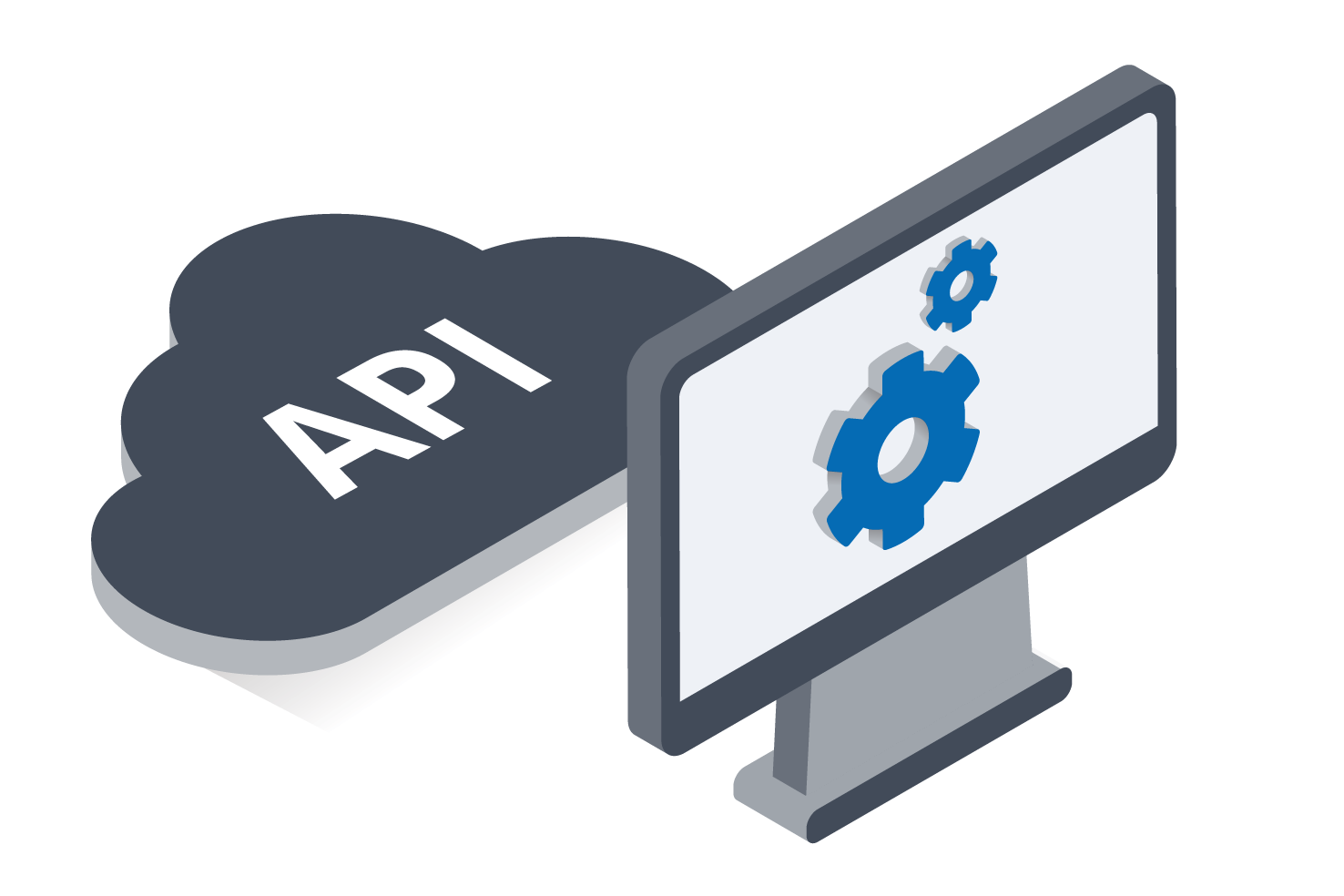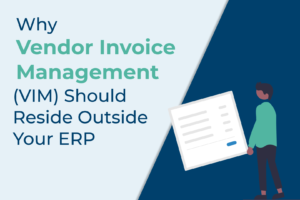The most striking aspect of today’s business landscape is that speed is not enough anymore. Consumers demand convenience too. Despite how quickly a process can be completed today, people still prioritize ease of use.
Why is that?
Clearly, the amalgamation of APIs and business process automation can become any organization’s competitive asset, allowing them to reap the benefits in the future.
API for business automation
Automation is not just about streamlining a process. It also includes bridging back-end and user systems that are bridged with data. Automating a task doesn’t have to mean creating the path of least resistance from one end of a process to another. Instead, automation can enable a digital platform where consumers can utilize data to proliferate and channel digital capabilities.
APIs are not restricted to where data resides (i.e., cloud or on-premise) or any specific platform. Users have the flexibility to work limitlessly across systems.
The best thing about APIs is that they can act as a complex yet independent layer of a business model. Essentially, an API-enabled organization can expect connectivity to bind all digitization efforts together without having to expose a system to security hazards.
Process automation specifics
Procure to Pay automation
P2P has been defined as the ‘process of doing business within a business. This is true, because procurement is often laden with innumerable tasks, all of which dictate how the best possible thing can be acquired for the best possible price.
In a pool of requisitions, purchase orders, and invoices – automation gives way to efficient document management. All documents can be stored in the ERP, and API integration can communicate AP activities directly, streamlining three-way matching processes and payment clearances.
Order to Cash automation
Order to Cash (O2C) is the process on the other side of procurement, which means fulfilling customers’ orders and ensuring the payments have been cleared. This process represents the vendor’s or seller’s perspective which simplifies the workflow from orders to receiving payments.
With an API-integrated platform, all documents pertaining to an order or a buyer –such as quotes, contracts, sales and purchase orders, shipping documents, and invoices – are all accessible through simple API calls.
With better visibility, you have better order management, as well as workflows that generate important shipping documents and invoice receipts automatically. This facilitates the time taken from order to payments while also conducting the entire process successfully.
Other business processes
Specific and intricate parts of primary business processes can benefit from API automation as well.
Purchase order receipts are generally mapped to match requested line items as per the delivery updated to warehouse management systems. Using APIs, all quantifiable details can be requested to verify transparency between purchase items and warehouse units and ensure that it remains error-free.
Receiving goods, usually marked with a Goods Received Note (GRN) Goods Received Note, is an essential part of the supply chain, validating those orders were received and delivered without discrepancies. An API platform nudges the verification process towards complete automation. including delivery notes, GRNs, and purchase orders. This way, all data is accounted for, enabling timely payment clearance without errors.
Advanced shipment notices (ASNs), invoice receipts, AP automation – essentially all critical business processes can be automated with API integration.
How do we fit in?
At Symtrax, we realize that digital transformation is not a matter of upgrading a single piece of technology for one process. It’s more than that. Digital transformation can only be achieved when organizations build on not just one but multiple technologies working in parallel on disparate systems. Together, this combined effort contributes towards digitization.
We offer a collaborative approach, allowing you to get the most out of your data resources, without compromising security or efficiency.
Using API-led automation, our document management services can help reduce manual dependencies and make data management easier with both cloud and on-prem capabilities.
What’s more, Symtrax uses API-based direct integration with ERPs, ensuring a direct communication channel with the system. This brings automated data conversion together with our solution, allowing you to toggle between the data formats best suited for your business processes.
Our solution is also powered with RPA capabilities which requires automation capabilities. Furthermore, there is an integrated modern EDI solution for standard-specific document transmission.
As your business grows, you can scale your initiatives to match your changing requirements, honing API limits to the best of your abilities. Symtrax, can help accelerate this transition towards the digital future your company envisions.


